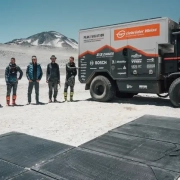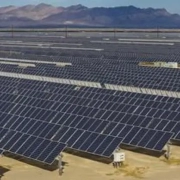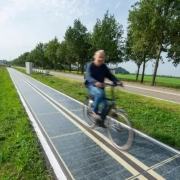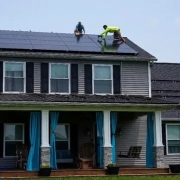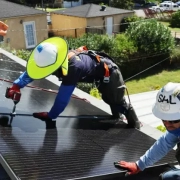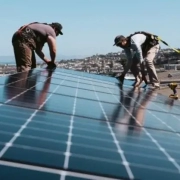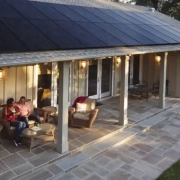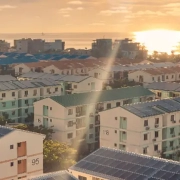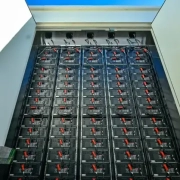A solar electric truck climbed the world’s highest volcano using solar power alone – and set a new world record for altitude for an EV.
A Swiss team called Peak Evolution, which is sponsored by Austrian transport and logistics company Gebrüder Weiss, successfully climbed the western edge of Ojos del Salado, 6,500 meters above sea level in Chile, in their solar-powered electric truck.
Two months ago, the electric truck was transported to Chile from Switzerland via Rotterdam by sea freight. From there, it was transported overland to the Atacama region, where the team began to prepare for their ascent at Chile’s Maricunga salt lake, which is at an altitude of 3,400 meters (11,155 feet).
Click here to read the full article
Source: electrek
—
If you have any questions or thoughts about the topic, feel free to contact us here or leave a comment below.

